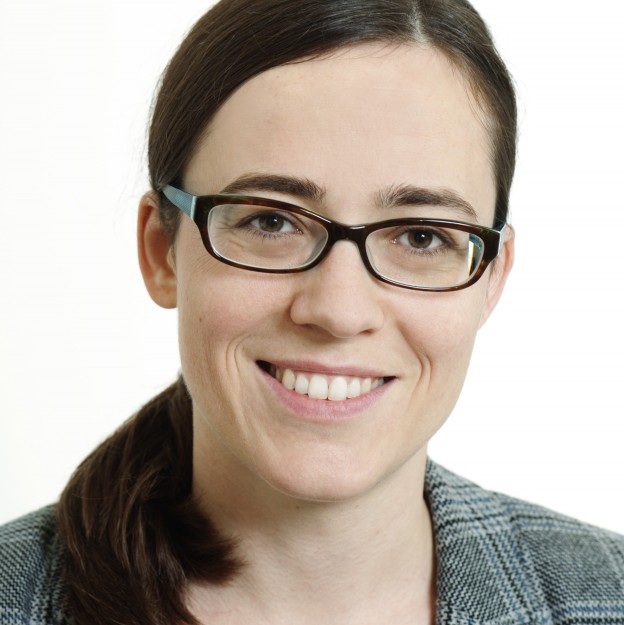Prof Dalila Ayoun (University of Arizona)
Gender in all its form (Le genre dans tous ses états)
Gender permeates French as a language, a culture and a society. It may be “the most puzzling feature that has raised the most questions in linguistic literature” (Audring 2014: 6). Its acquisition is a vexing issue for second language learners and immersion students alike, while it appears to create individual differences among adult native speakers as well.
Grammatical gender knowledge emerges shortly after the first year (Höhle et al. 2004; Shi & Melançon 2010); infants use the gender features of determiners to assign gender to pseudo-nouns (Cyr & Shi 2013), while toddlers process gender-matched trials faster than gender-unmatched trials (Melançon & Shi 2015) and rarely make errors in attributing the appropriate gender to nouns by age 3 (Clark 1985), but have difficulties with gender agreement since the most common gender marker of the feminine, -e, is not yet acquired by the end of primary school (Cogis & Brissaud 2019) or middle school (Brissaud 2015), and 50% of sixth to ninth graders continue to omit it on adjectives in writing production (Bosse et al. 2020).
This talk will present an overview of French gender from a sociocultural perspective (i.e. français inclusif, neutre, non-binaire, théorie du genre) and from a linguistic perspective to highlight its complexity as a lexical property at the interface of morpho-phonology, syntax and the lexicon; a brief literature review of corpus, processing, L1 and L2 studies, before presenting new data from French native speakers and second language learners and offering an explanation as to why it is such a vexing and controversial issue.
Biographical note :
Dalila Ayoun is Professor of French Linguistics and SLAT in the Department of French & Italian at the University of Arizona. Her research interests lie in the second language acquisition of morpho-syntax (tense-aspect-mood/modality, grammatical gender), theoretical and applied French linguistics from a generative/minimalist perspective. Her most recent publications include three edited volumes published by John Benjamins (Ayoun, D. 2022. The Acquisition of Gender. Crosslinguistics perspectives; Ayoun, D., Celle, A. & Lansari, L. 2018. Tense, Aspect, Modality and Evidentiality. Crosslinguistic perspectives; Ayoun, D. 2015. The Acquisition of the Present) as well as articles published in Languages and Italica. She is the Co-ordinator Editor of the Journal of French Language Studies and Chair of the Research Committee of the AFLS.
Dr David Hornsby (University of Kent)
Variable Liaison, Gender and Power: Making Sense of the Findings.
According to what has become known as the Sociolinguistic Gender Paradox, ‘Women conform more closely than men to sociolinguistic norms that are overtly prescribed, but conform less than men when they are not’ (Labov 2001: 293). This generalization, supported by considerable empirical evidence, would predict that, for any sociolinguistic variable, women will use more of the standard or prestige variant than men where variation is stable, but more of the innovative variant where change is in progress. Such predictions are, however, defied by the accumulated evidence for variable liaison in French (e.g pas [z/Ø] encore; il commençait [t/Ø] à lire), from which no consistent pattern emerges.
In this paper, I will consider in particular two sets of findings for which clearly gendered patterns of differentiation do emerge, but pull in opposite directions. In my own data from the ‘Four Cities’ project (Hornsby 2019; 2020: 147-66), adolescent female informants lead males almost across the board for use of liaison in scripted and unscripted styles, as would seem consistent with Labov’s claim for stable variation. By contrast, for the French politicians examined by Laks & Peuvergne (2017), a steady decline in liaison use in political discourse is observed, but here women use fewer liaisons than men, as Labov’s generalization for change in progress would predict.
What links these apparently contradictory findings is the relationship between liaison and the written word. For the Four Cities adolescent informants, interviewed in an educational environment, associations with literacy favoured females in an area where they generally outperform males. For politicians, the highest levels of liaison are associated with scripted speech events, notably where a display of authority is expected or required. With much more limited experience of high office than men, women have less often been required to demonstrate the authority conferred by the written word in francophone culture, as signalled inter alia by the realization of normally silent orthographic consonants in speech.
References
Labov, W. (2001) Principles of Linguistic Change, Vol. 2: Social Factors. Malden, MA: Blackwell Publishers.
Hornsby, D.C. (2019) Variable Liaison, Diglossia, and the Style Dimension in Spoken French. French Studies 73/4: 578–97.
Hornsby, D.C. (2020) Norm and Ideology in Spoken French: a Sociolinguistic History of Liaison. Palgrave McMillan.
Laks, B. & J. Peuvergne (2017) ‘La liaison en français contemporain dans la parole publique (1999-2015)’. Journal of French Language Studies 27/1: 55-72.
Prof Elissa Putska (Universität Wien)
Dans la bouche et dans les bulles : pour une nouvelle didactique de l’oral
Le premier contact avec un locuteur natif est souvent ressenti comme un choc par les apprenant.e.s : comment comprendre [ʃpɔmwa] si on n’a appris que <je ne sais pas> ? Bien que la recherche linguistique souligne depuis un demi-siècle que le français tel qu’il se parle dans la vie quotidienne ne constitue pas une cible inaccessible, les pratiques de l’enseignement du FLE – même si elles se disent ‘communicatives’ – restent souvent axées sur la norme écrite. La recherche actuelle est une excellente base pour relancer la didactique de l’oral, et ce notamment dans le domaine de la prononciation et de la bande dessinée.
Dans le domaine de la prononciation, le programme de recherche international Interphonologie du Français Contemporain IPFC (http://cblle.tufs.ac.jp/ipfc/) et notamment le projet de recherche autrichien Pronunciation in Progress : French schwa and liaison Pro²F (https://pro2f.univie.ac.at/) ont mis à jour nos connaissances sur la prononciation du FLE. Les corpus phonologiques à grande échelle avec des apprenant.e.s de différents niveaux offrent une chance inédite pour déterminer quels phénomènes s’acquièrent automatiquement et lesquels demandent une instruction explicite (p. ex. les liaisons obligatoires et les mots eu, oignon, femme, ville vs fille ainsi que les terminaisons -ent et -emment).
La bande dessinée, quant à elle, n’est pas seulement un des grands piliers de la culture franco-belge (« 9ème art »), qui devrait en elle-même être davantage intégrée en cours de FLE, mais elle permet aussi particulièrement bien d’attirer l’attention des apprenant.e.s sur les caractéristiques du français parlé à tous les niveaux, de la prononciation, en passant par la grammaire (p. ex. négation sans ne, interrogation par intonation) jusqu’aux variétés régionales et socio-stylistiques. L’oralité mise en scène n’est bien évidemment pas à confondre avec la langue parlée dans la vie quotidienne, mais ses formes stéréotypées soulignent de façon très claire les différences entre oral et écrit, ce qui ne demande qu’à être exploité en cours de FLE.

